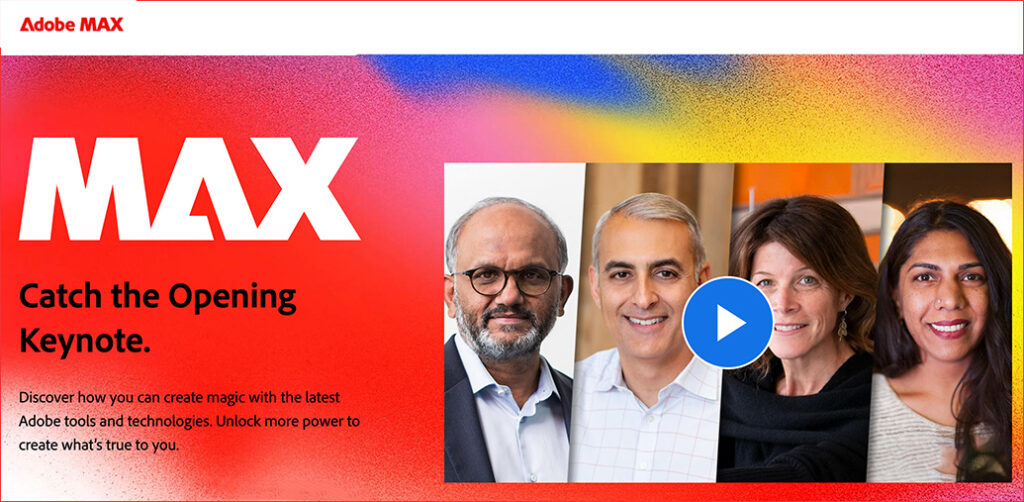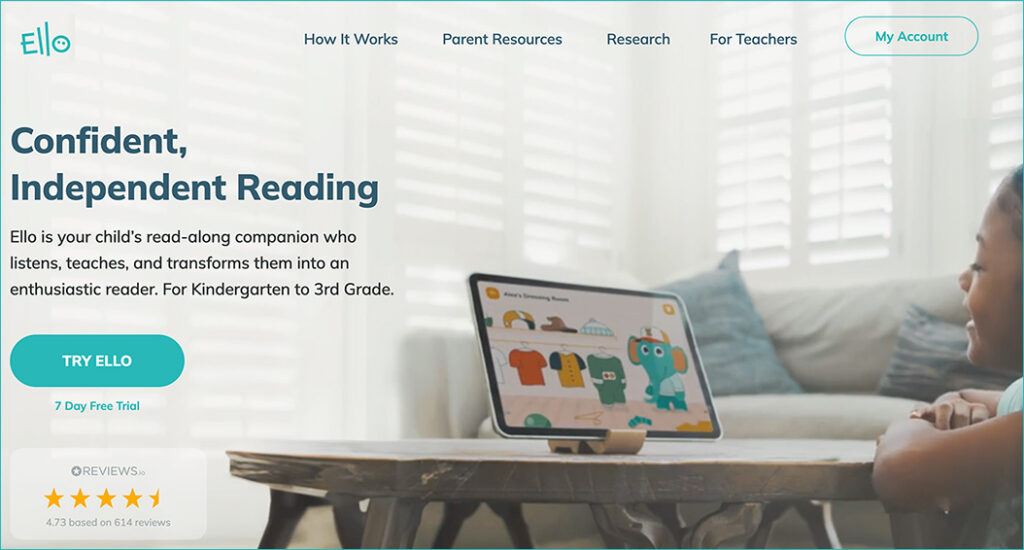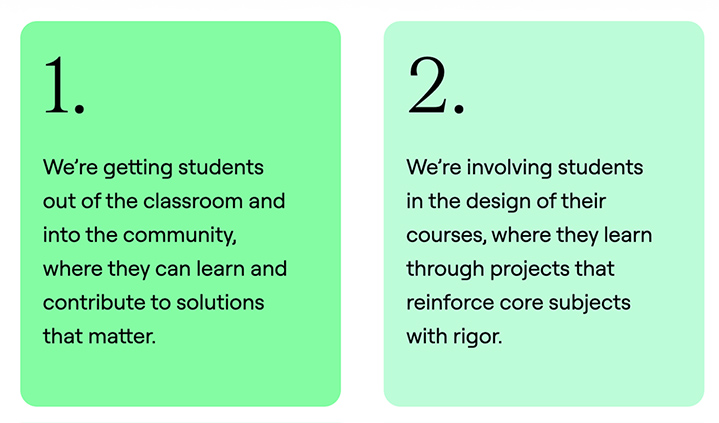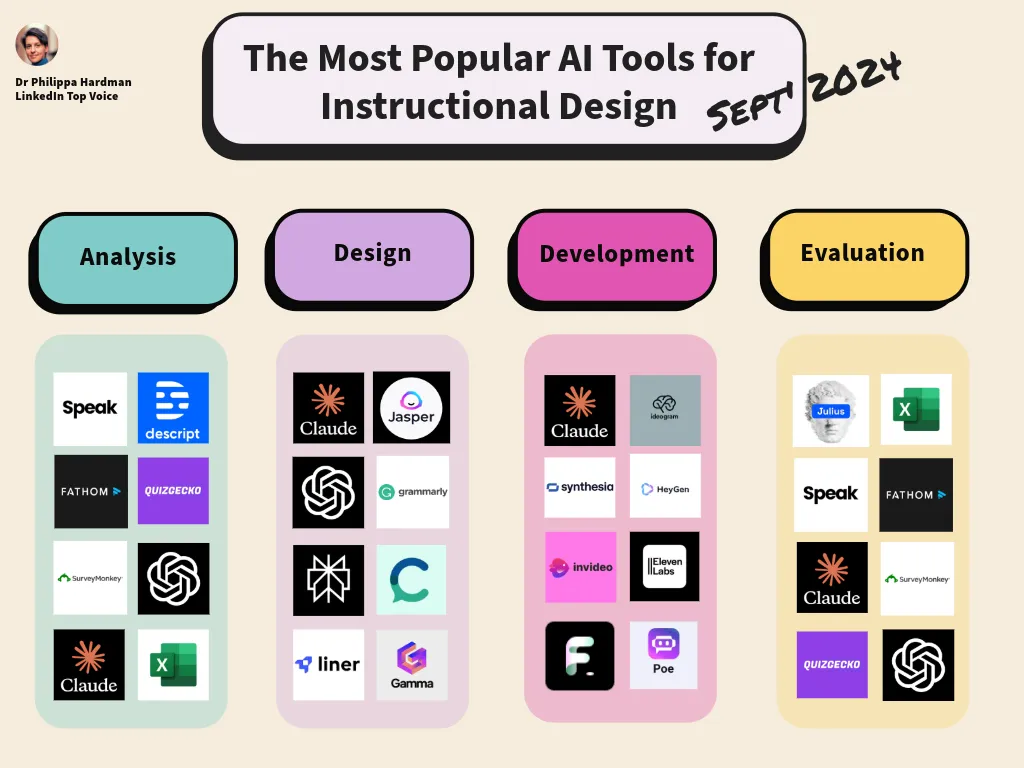Fresh Voices on Legal Tech with Megan Ma — from legaltalknetwork.com by Dennis Kennedy, Tom Mighell, and Dr. Megan Ma
Episode Notes
As genAI continues to edge into all facets of our lives, Dr. Megan Ma has been exploring integrations for this technology in legal, but, more importantly, how it can help lawyers and law students hone their legal skills. Dennis and Tom talk with Dr. Ma about her work and career path and many of the latest developments in legal tech. They take a deep dive into a variety of burgeoning AI tools and trends, and Dr. Ma discusses how her interdisciplinary mindset has helped her develop a unique perspective on the possibilities for AI in the legal profession and beyond.
Legal tech disruption: Doing it on purpose — from localgovernmentlawyer.co.uk
Thomson Reuters looks at the role that a legal technology roadmap can play in improving the operations of in-house legal departments.
Disruption in the legal industry remains a powerful force – from the death of the billable hour to robot lawyers and generative AI. Leaders are facing weighty issues that demand long-term, visionary thinking and that will change the way legal professionals do their jobs.
With half of in-house legal departments increasing their use of legal technology tools, many GCs are taking the initiative to address continued, growing expectations from the business for systems that can make operations better. How can you prepare for a tech or process change so that people come along with you, rather than living in constant fire-fighting mode?


















